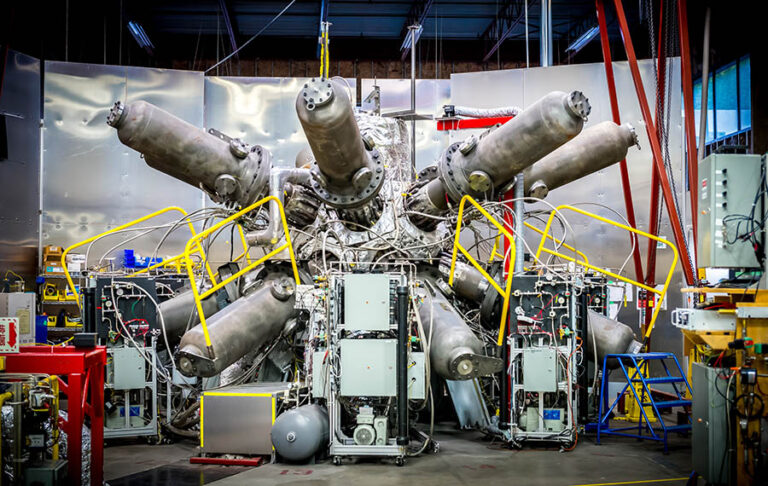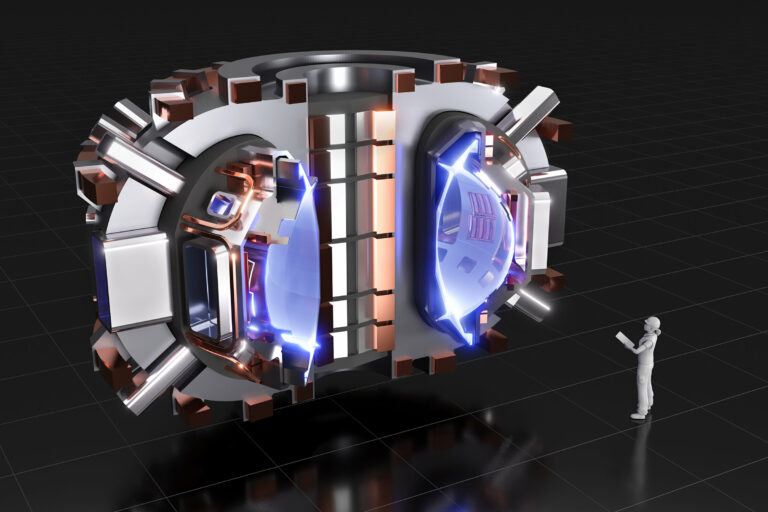Superconductor technology for smaller, sooner fusion
Scientists have long sought to harness fusion as an inexhaustible and carbon-free energy source. Within the past few years, groundbreaking high-temperature superconductor technology (HTS) sparked a new vision for achieving practical fusion energy. This approach, known as the high-field pathway to fusion, aims to generate fusion in compact devices on a shorter timescale and lower…










